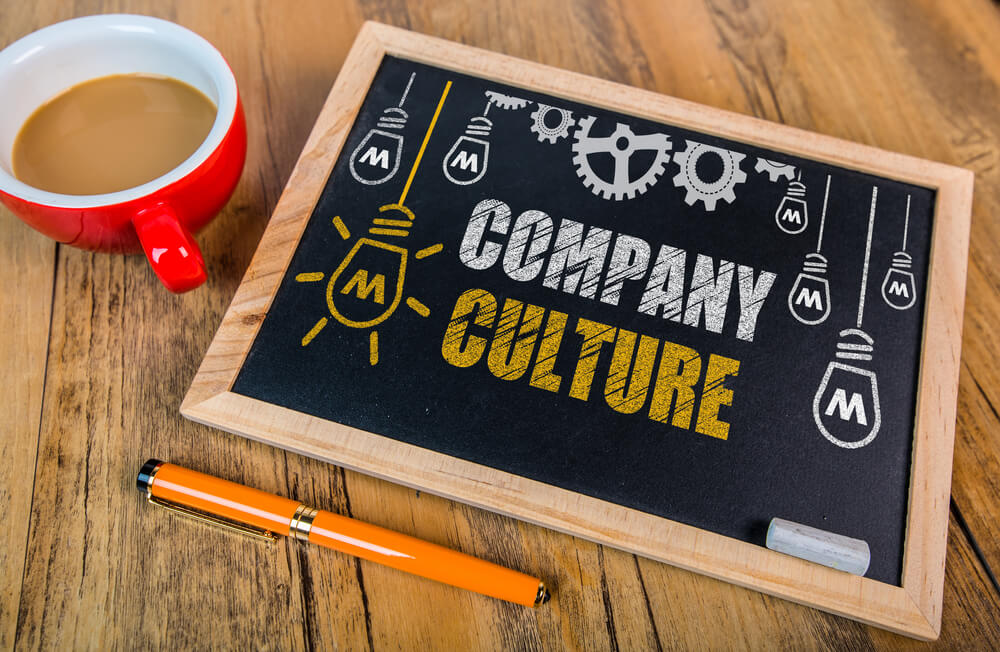Invisible forces shape every decision, interaction, and outcome within your company. These unseen elements are part of your organization's culture, a powerful yet often neglected aspect of corporate life. Understanding and aligning this culture is not just a theoretical exercise; it's a practical necessity that can drive success or failure.
Culture audits provide a systematic approach to uncovering the hidden dynamics that define your organization. They allow you to assess the values, beliefs, and behaviors that permeate every level of your company, ensuring that they align with your strategic goals and desired outcomes.
Preparing for the Culture Audit
Understanding the culture within your organization isn't merely a theoretical exercise; it's a practical necessity that can shape the success of your business. But where do you begin? Preparing for a culture audit is where the journey starts, and it's a step that requires careful planning and consideration.
Identifying Goals and Scope: Before diving into the audit, it's essential to pinpoint what you hope to achieve. Are you looking to uncover discrepancies between stated values and actual practices? Or perhaps you're aiming to align the organizational culture with a new strategic direction? Clarifying the goals will guide the entire process, ensuring that the audit is tailored to your specific needs and concerns.
Assembling the Team and Selecting Tools: The next step is to gather a team of individuals who can bring diverse perspectives and expertise to the audit. This team may include HR professionals, managers, and even external consultants. Selecting the right tools is equally vital. Whether it's survey software, interview guidelines, or analytical tools, having the right resources at hand will streamline the process and enhance the accuracy of your findings.
Timeline and Budget Considerations: A culture audit isn't something that can be rushed. Collecting data, analyzing findings, and formulating actionable insights requires time. Setting a realistic timeline that aligns with your goals is crucial. Additionally, understanding the budget constraints will help select the appropriate methods and tools without overstretching resources.
The preparation phase lays the groundwork for the entire audit. It's about aligning the process with your unique organizational needs and setting the stage for a deep and meaningful exploration of your corporate culture. As you move forward, the focus will shift from planning to action, diving into the heart of your organization to uncover the cultural levers that drive behavior and performance. But how do you identify these levers, and what methods will you use to collect the necessary data? The next section will guide you through this critical phase of the audit.

Identifying Cultural Levers and Collecting Data
Cultural levers are the invisible hands that guide an organization's daily activities and interactions. They're the essence of what makes a company unique and play a vital role in aligning the desired culture with the day-to-day reality.
Cultural levers can vary widely from one organization to another. Common levers include leadership styles, value statements, communication methods, and even the way customer complaints are handled. Working closely with management to identify what influences behavior within your organization is essential. What are the spoken and unspoken rules that govern how people interact? What values are celebrated, and what behaviors are discouraged? These are the questions that will guide your audit.
Once you've identified the cultural levers, it's time to gather data. Surveys and questionnaires are a great place to start, allowing you to gather insights from a broad cross-section of the company.
But don't stop there.
Conducting interviews and focus groups can provide deeper insights into how employees perceive the company's culture. Observations and site visits can also offer a firsthand look at how cultural levers are manifested in daily operations.
Collecting this data is more than a fact-finding mission; it's an opportunity to engage with employees and understand their perspectives. It's about listening and learning, not just assessing and judging. By approaching data collection with an open mind and a genuine interest in understanding your organization's unique culture, you'll lay the groundwork for a meaningful and impactful audit.
As you wrap up this phase of the audit, you'll have a rich tapestry of information at your fingertips. But raw data alone isn't enough. The real challenge lies in making sense of this information and translating it into actionable insights. That's where the next audit phase comes into play, where analysis and assessment take center stage, turning observations into a roadmap for cultural alignment and success.
Analyzing Data and Assessing Alignment
Once you've gathered the necessary information through surveys, interviews, and observations, it's time to dive into the analysis.
Techniques for Data Analysis: Start by organizing the data into meaningful categories that align with your identified cultural levers. Utilize statistical tools and qualitative analysis to uncover patterns and trends. Are employees' values in harmony with the company's mission? Is leadership effectively embodying the desired culture? These are the questions you'll begin to answer.
Evaluating Leadership and People Management: Leadership is the heartbeat of corporate culture. Assess how leaders are modeling the values and behaviors that are expected throughout the organization. Look at people management practices, including performance reviews, promotions, and communication. Are they consistent with the culture you want to foster? If there's a disconnect, it's a red flag that needs attention.
Assessing Key Processes and Change Programs: Beyond leadership, key processes, and change programs play a vital role in shaping culture. Examine how these elements align with the desired culture. Are customer complaints handled with empathy and efficiency? Do change programs consider the cultural impact? Scrutinize these areas to ensure they're culturally coherent.
Identifying Misalignments and Inconsistencies: As you sift through the data, inconsistencies may emerge. Perhaps the stated values are not reflected in daily operations, or maybe there's a disconnect between different departments. These misalignments are not merely flaws but opportunities for growth and alignment.
Analyzing data and assessing alignment is like putting together a complex puzzle. Whether it's leadership behavior or a specific process, each piece must fit perfectly to create a coherent picture of the organizational culture. It's a meticulous and insightful phase that lays the groundwork for the next step: reporting and making recommendations. The insights gleaned here will be the foundation for actionable strategies to enhance and align your corporate culture, leading us to the critical reporting phase and continuous improvement.

Reporting, Recommendations, and Continuous Improvement
The culmination of a culture audit is not merely a collection of findings but a roadmap to foster a thriving organizational culture. After meticulous analysis and assessment, it's time to translate those insights into actionable strategies.
Creating the culture audit report is a critical step. This document should be more than a dry compilation of data. It must narrate the company's culture story, highlighting strengths and areas for improvement.
Visual aids such as charts and graphs can make the report more engaging and easier to understand. The key is to present the information in a way that resonates with leadership and inspires change.
But a report alone isn't enough.
What truly sets a successful culture audit apart is the actionable recommendations accompanying the findings. These recommendations should be tailored to the unique needs and goals of the organization, providing clear and practical steps to align the corporate culture with the company's vision.
Whether it's enhancing communication channels, redefining leadership roles, or implementing new employee engagement initiatives, these recommendations are the blueprint for transformation.
Regular monitoring and reassessment ensure the organization stays aligned with its core values and adapts to new challenges and opportunities. Developing a plan for ongoing monitoring is not a mere afterthought; it's a commitment to excellence and a promise to nurture a culture that defines and elevates the organization.
Cultural Alignment as a Goal
A culture audit provides the insights needed to ensure your organization's culture aligns with its values and objectives, fostering a work environment that promotes growth, productivity, and satisfaction.
However, a culture audit isn't a one-time occurrence. It's about creating a culture of continuous improvement, where feedback is valued and changes are implemented for the betterment of all stakeholders.
The true value of a culture audit lies in its ability to drive change. When used effectively, it's a tool that can transform your organization, making it a place where people feel valued, engaged, and motivated to do their best.
Ultimately, a strong, positive corporate culture isn't just good for employees and businesses.
So, why wait?



